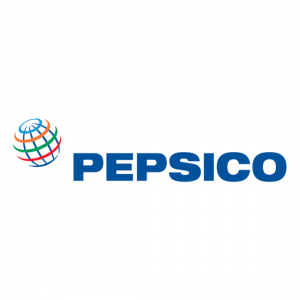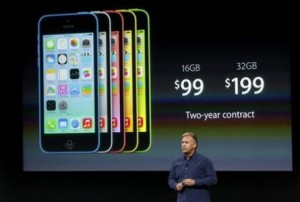https://www.the-cma.org/about/blog/why-transparency-is-important-on-social-media
The blog discusses how, for any company, transparency, especially in social media is crucial for a company’s reputation and success. It expands in discussing how promotion through social media can be detrimental to the success of a company based certain details such as tags made on a post during a tragic event. It also discusses that companies that own up to its own mistakes and subsequently address/fix these issues will develop customer trust in their brand, hence strengthening company reputation/improve branding.
I felt that the points made in this blog post touched on a major mistake that has continuously been made by Pepsi Co in terms of its marketing campaigns for its beverages, in particular, Pepsi and Mountain Dew. One of my previous blog posts mentioned the continuous release of commercial ads by PepsiCo. offending various social/racial groups and creating negative feedback from consumers.
This blog reinforces my previous opinion on PepsiCo that they need to re-evaluate their screening process for commercial ad ideas in order to create commercials that will not harm their reputation and brand image and continue to create negative criticism towards their company. They need to show the public through social media that they are planning to change their way of screening commercial ad ideas and producing ads that won’t offend the public.




